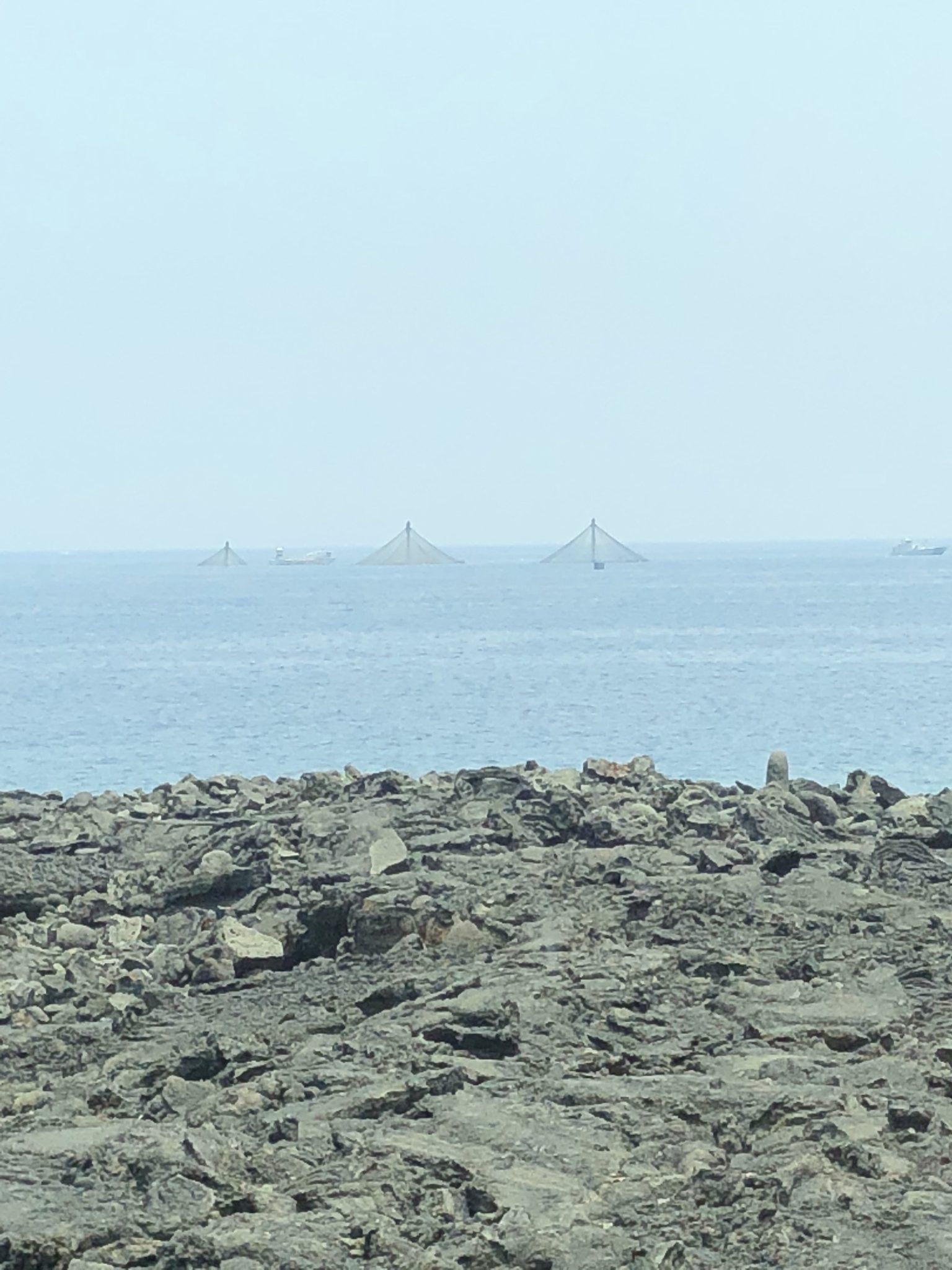With only one dive remaining in the day, I woke up Friday morning with excitement. We started off our day back at the NELHA facility and entered the incredible deep water air conditioned room. We climbed down into a small, compacted, and cool room. Our guide explained to us again about how the room cooled and how it helped save energy. He then showed us about the reflective roof and how it allows the sunlight to bounce off it. We then took a trip down to the fish farms to learn about the aquaculture business. Aquaculture is raising of aquatic plants and animals. At the fish farm, they were experimenting with different species of fish and how they can improve the aquaculture economy. They recently farmed multiple 300 pound fish and donated them to many aquariums across the country. Our guide told us about he got started into the aquaculture scene. He lived in the continental United States completely away from a marine environment. He took a course through his school about marine biology and he never looked back. After resting for several hours, we came to the most adventurous part of the trip, the black water dive. A black water dive is a dive that takes place late at night (for us around 11 o’clock) and takes place in extremely deep water (6000 feet deep). For safety all the divers were tethered to the boat. The reason the dive can be so special is because of the pelagic zone and the migration these creature undergo. A pelagic zone is open water far from shores or the bottom of the ocean. In pelagic zones, unique and undiscovered creatures live in the depths below 1000 feet deep, where light no longer passes. Many of these creatures, the majority microscopic, migrate to the surface during the night to receive more nutrients. During the black water dives we saw indescribable creatures. During the dives, I saw multiple squids, siphonophores, and unknown creatures to me. The squid was extremely small and had a red center. This was a completely new experience to me and my fellow Jesuit brothers.




